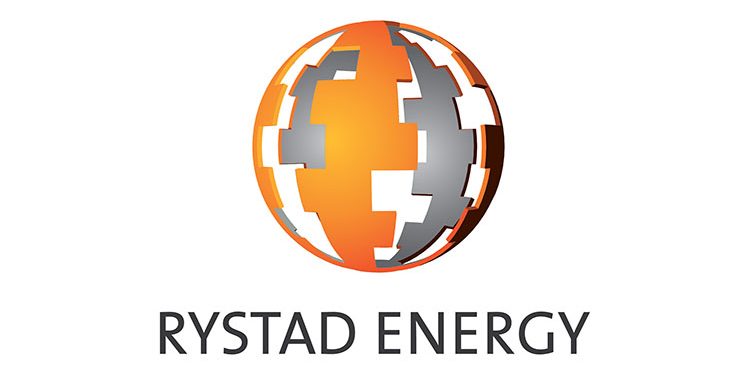Rystad Energy: A Glimmer of Hope from the Iran Nuclear Talks Triggers a Late Afternoon U-turn in Prices
Positive news from the US-Iran nuclear negotiations is providing much-needed relief to global oil prices, as the possibility of new crude supplies reduces the supply-demand deficit.
Rystad Energy is hosting a hybrid event in conjunction with International Energy Week (previously IP Week) in London on Feb 21, 2022. Register here to attend virtually or in-person and hear from our oil market experts.
Here is Rystad Energy’s daily oil market comment from our Senior Vice President, Claudio Galimberti:
Positive developments in the US-Iran nuclear negotiations are helping to calm oil prices as hopes of Iranian barrels returning to the global picture build.
Although not a done deal yet, prices are sliding on news of progress and broad consensus in the talks as it could ultimately see up to 900,000 bpd of crude added to the market by December this year.
Amid the most powerful oil price rally in a decade, oil-importing countries, which comprise the vast majority of the West, have been desperate to find alternative sources of crude due to OPEC+’s apparent unresponsiveness.
Besides a decision by OPEC+ to increase production, a deal with Iran is the only thing that can materially change the supply and demand balances in 2022.
While an Iranian supply increase would not completely close the crude supply-demand gap this year, it would be significantly reduced.
The markets are understandably reacting to the news and pricing in the possibility of a deal and its consequences, but there are still many obstacles that stand in the way of an agreement, especially within the Iranian establishment.
Besides Iran, EIA weekly stats showed continuous crude stock draws at Cushing, keeping up the trend witnessed in 2022 to date.
Cushing storage now sits at the lowest level since September 2018, putting pressure on the WTI benchmark.
At the same time, total US commercial crude inventories showed an unexpected build.
Oil demand was a mixed bag, with the total product supplied over four weeks averaging 22.1 million barrels per day, which surpassed the previous week’s record.
Distillate demand continued its strong run, and jet fuel demand is picking up as fears over the Omicron variant subside.
Gasoline consumption slipped to 8.5 million bpd, well below pre-pandemic February levels, partly due to winter storms blanketing the country.
Refinery runs fell by 675,000 bpd, reducing utilization by 2.9% to 85.3% of capacity, as quite a few refineries prepare to enter Spring maintenance season, which should eventually provide Cushing crude inventories a bit of a respite.







